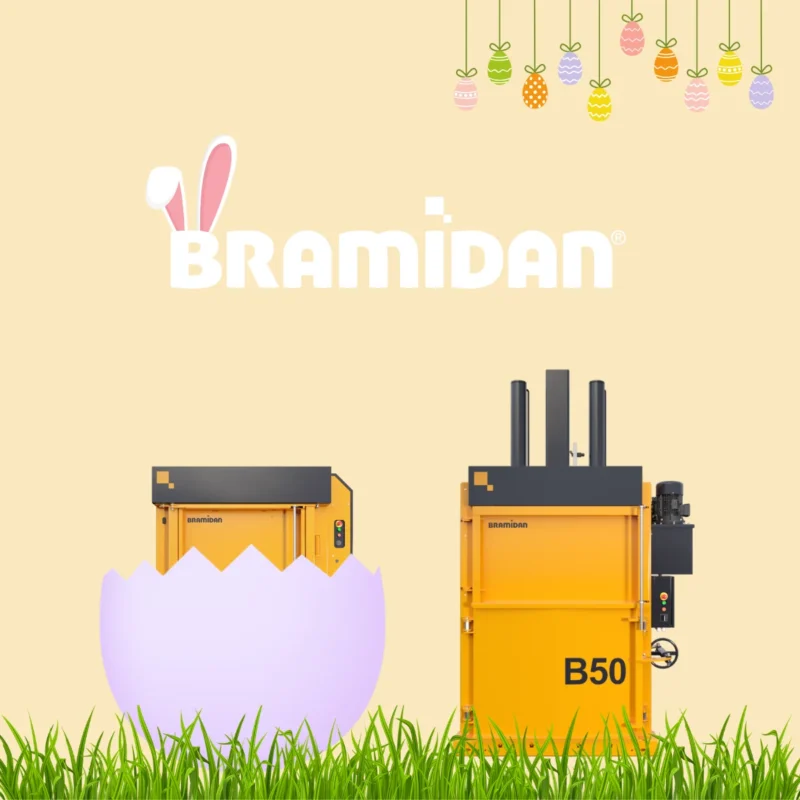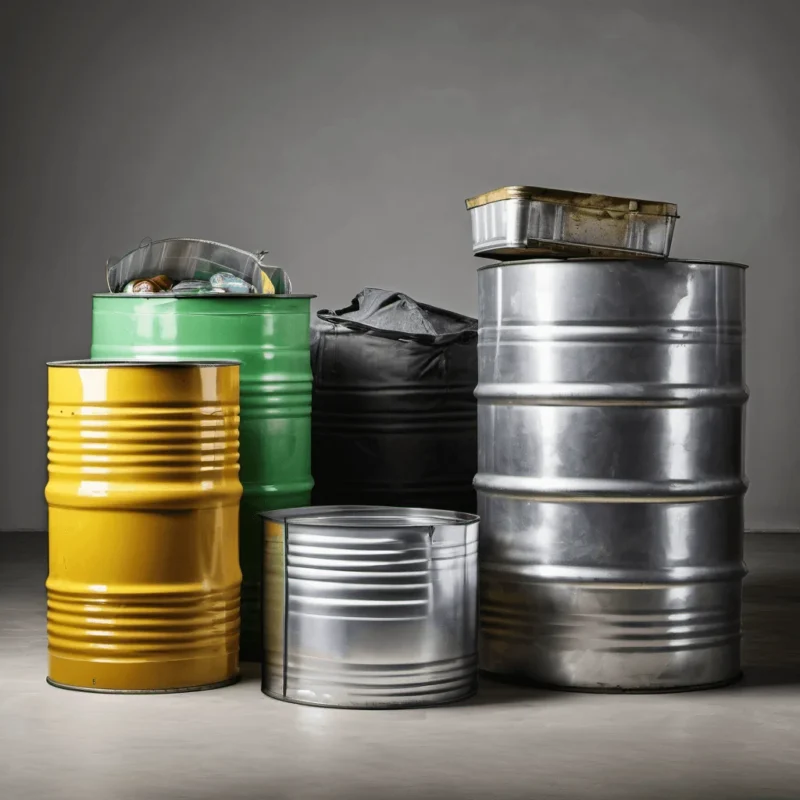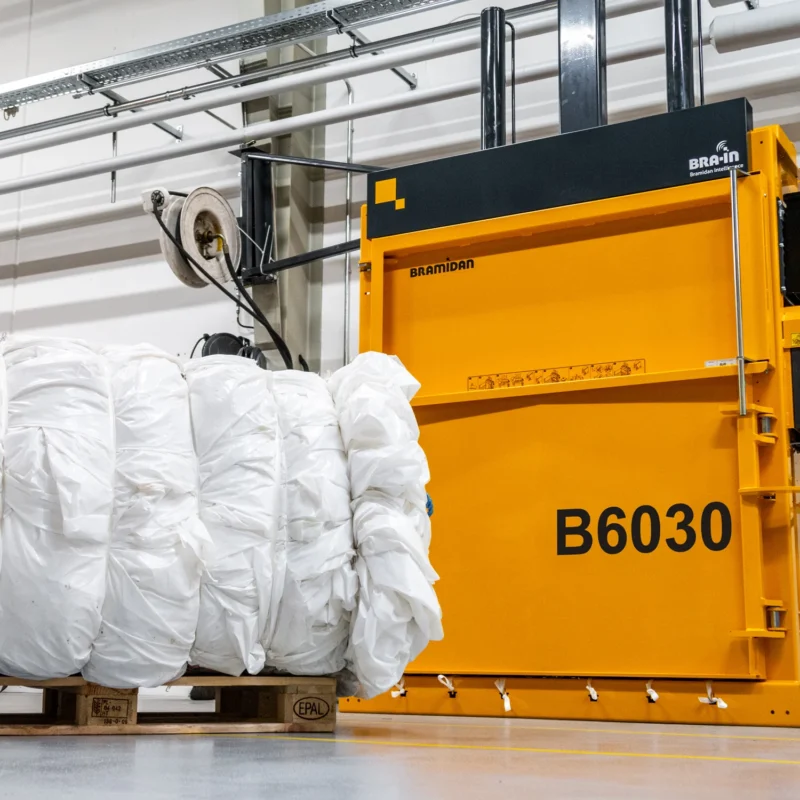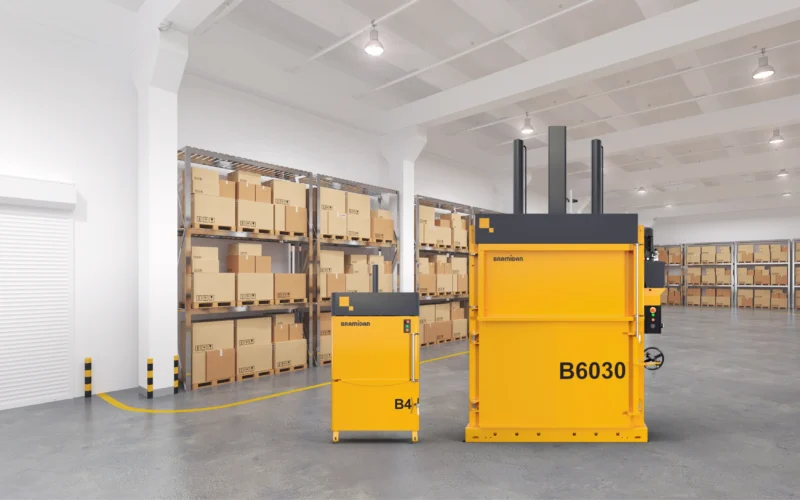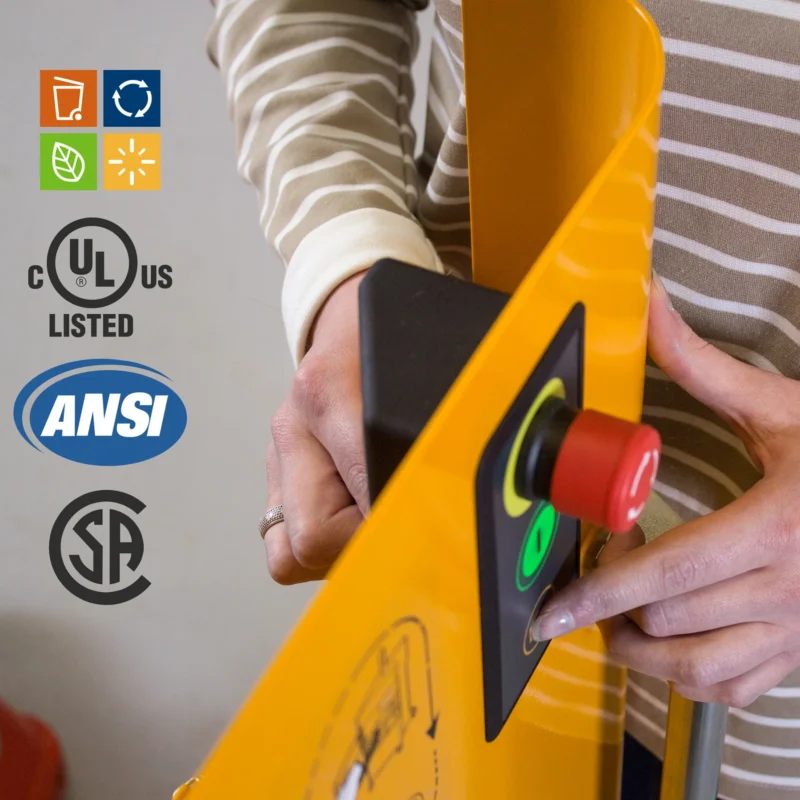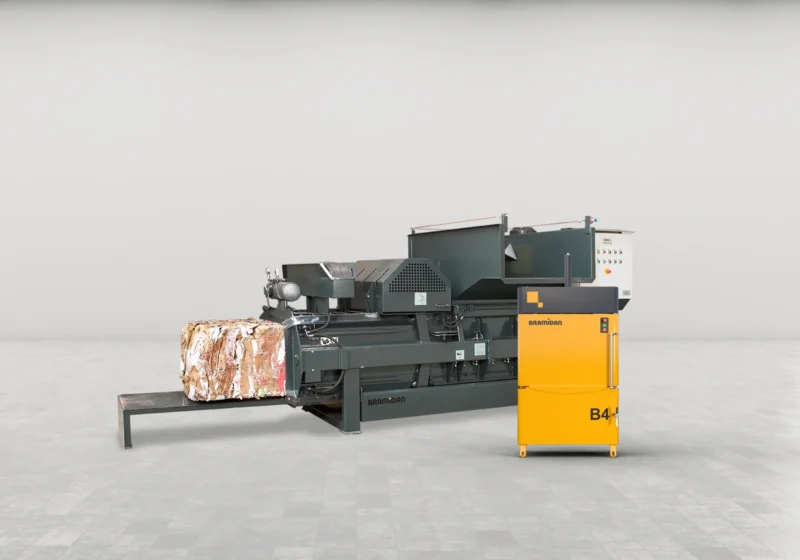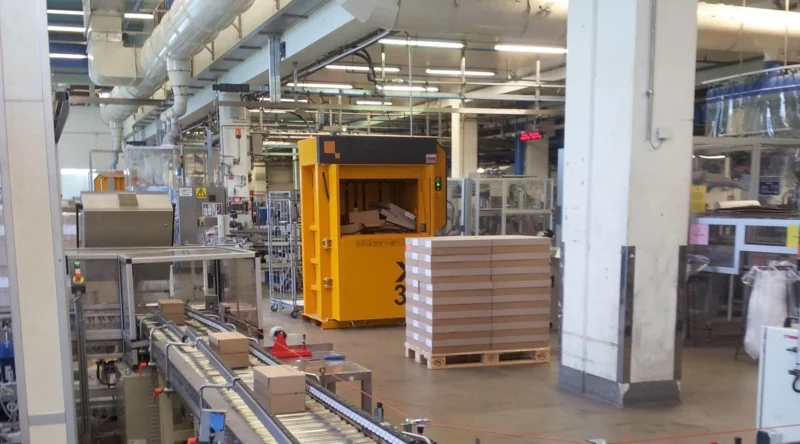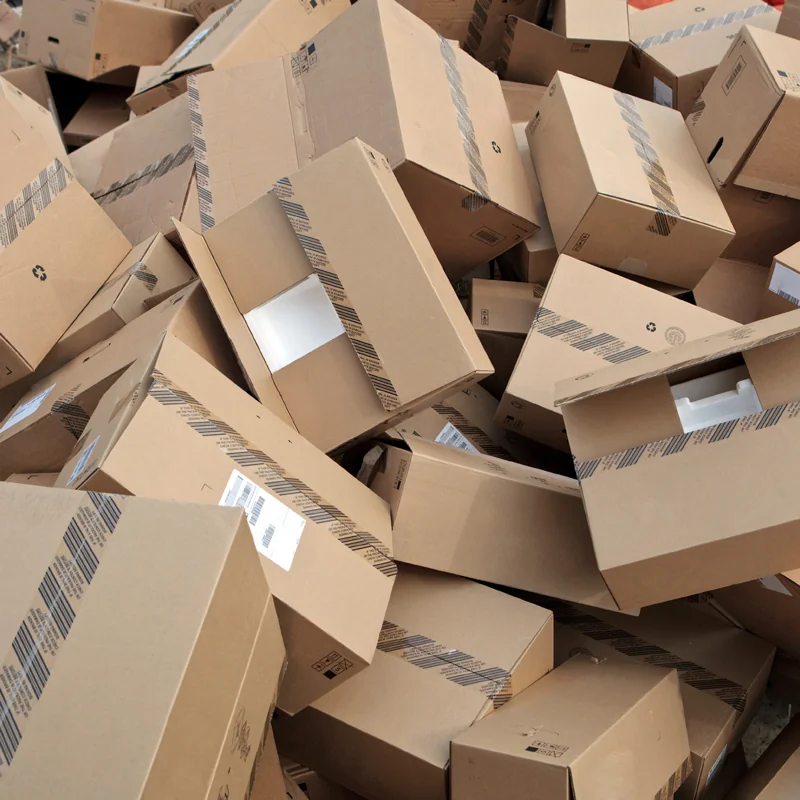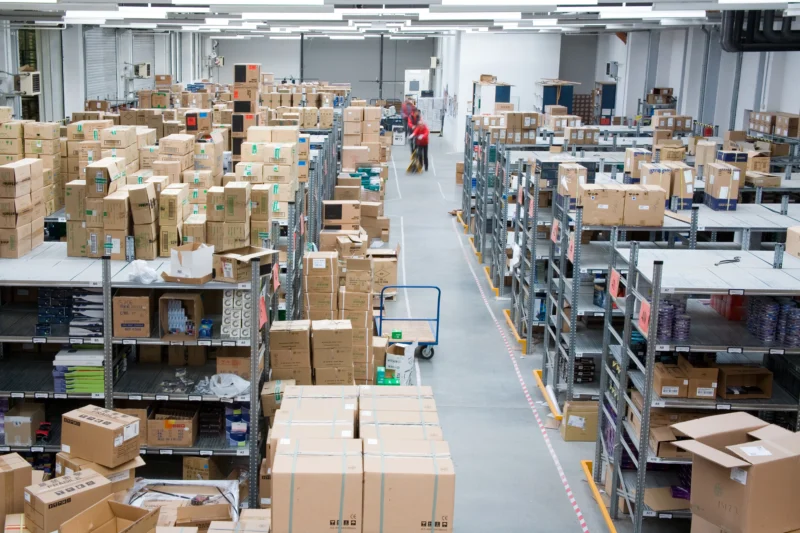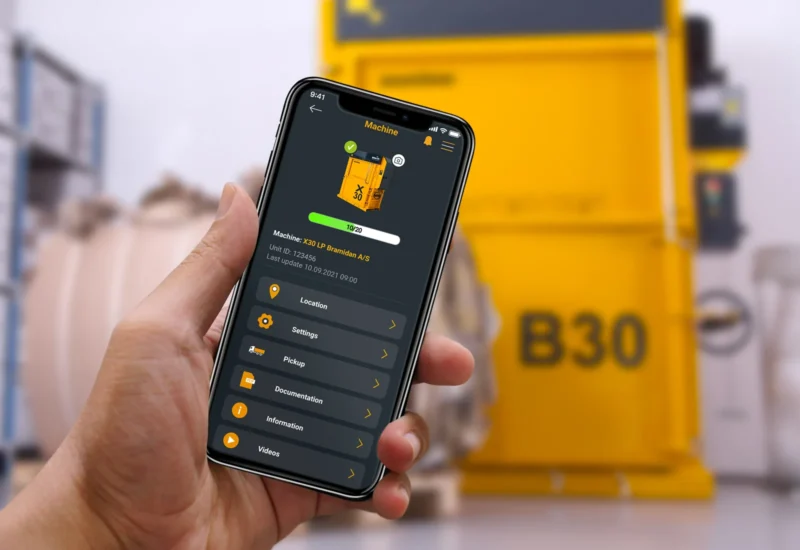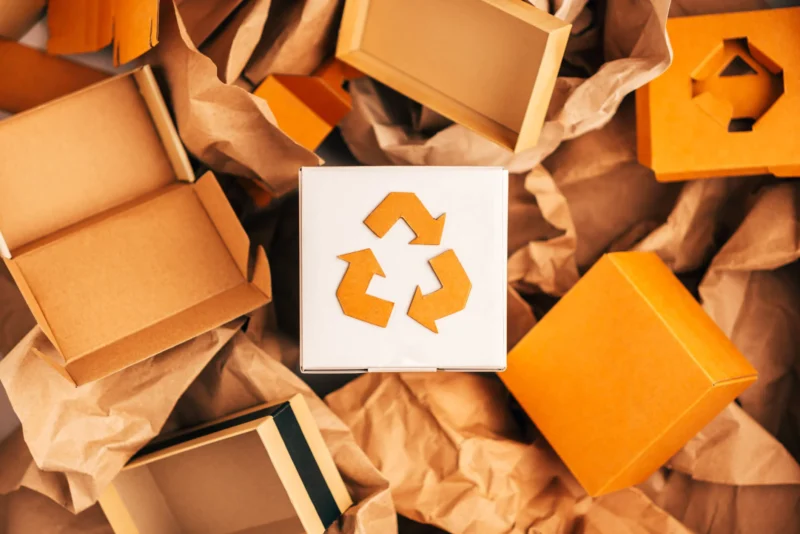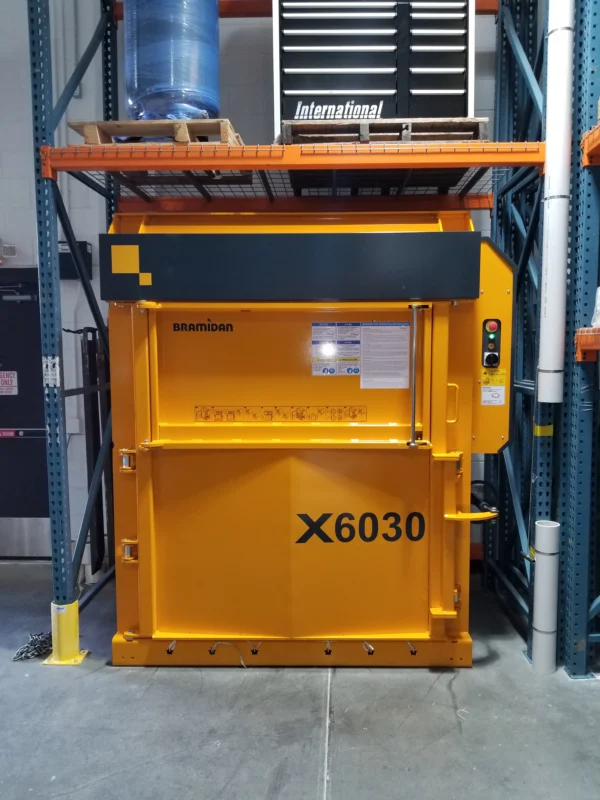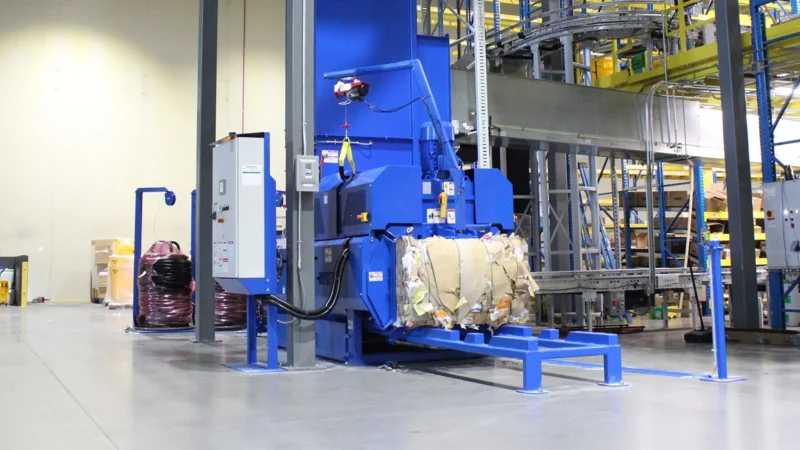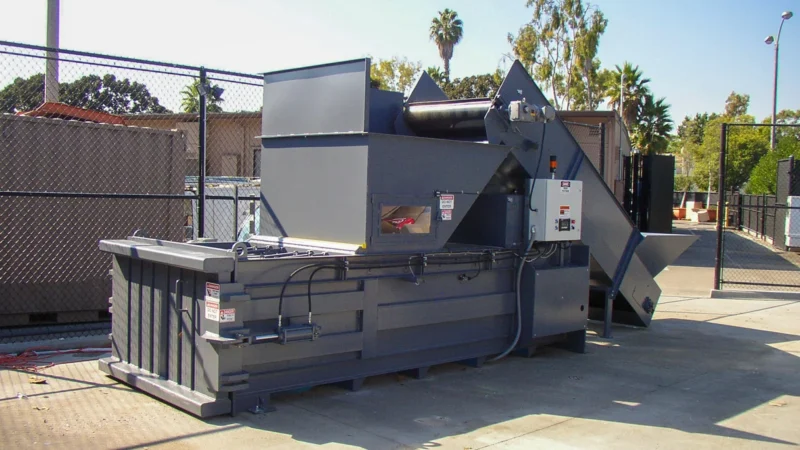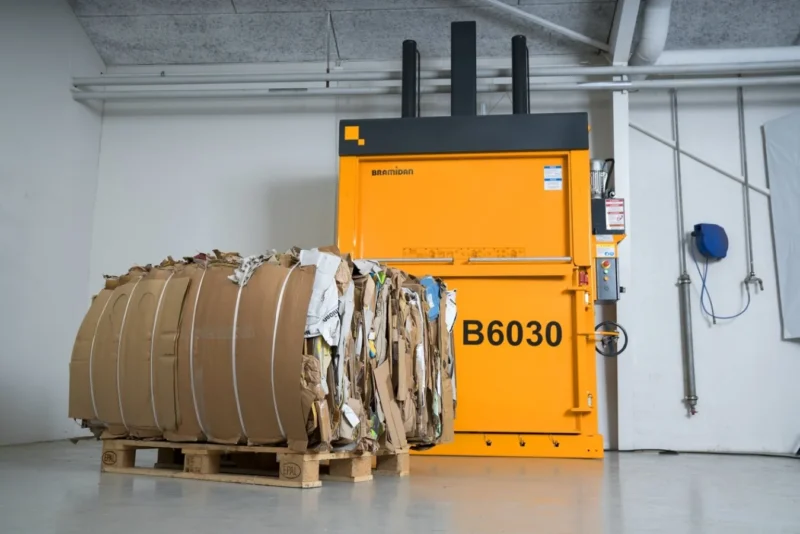News & Articles
Bramidan Insights: Answers to Your Pressing Questions
Welcome to Bramidan Insights, where we provide expert answers and the latest news about waste management and our baling solutions.
Wishing you a joyful Easter
We wish you a Happy Easter filled with joy, chocolate, and cherished moments. Click to see our Easter opening hours.
“Can I Bale That?”: Unusual Waste Our Machines Handle
Beyond cardboard and plastic, here are four unique materials perfectly suited for our balers.
Efficient Plastic Disposal: A Shrink Wrap Baler Solution
Boost your operational efficiency and transform your plastic film waste into a profitable resource with our B or X-Series baler solutions.
How to Choose between a Small or Large Baler
Do you need a small or large baler? Our guide helps you weigh the pros and cons to find your ideal machine.
Guide to Baler Safety: Ensure Secure Operation
What safety features should you look for in your next baler? We break down the essentials to keep your team safe.
Vertical vs. Horizontal Balers: How to Choose
Our comparison of vertical and horizontal balers is here to help you find the right machine for your team and business.
Culinary Cleanup: Balers for the Food Service Industry
Learn how to streamline your restaurant’s recycling needs with the right equipment, designed for the Food Industry.
Manage your Post-Production Waste
Explore how our line of balers and compactors helps keep your manufacturing facility clean, safe, and operational.
How Much Space Does Your Cardboard Take?
Large, unbroken boxes take up valuable space in your warehouse. Our extra-wide balers keep your workspace tidy.
/articles
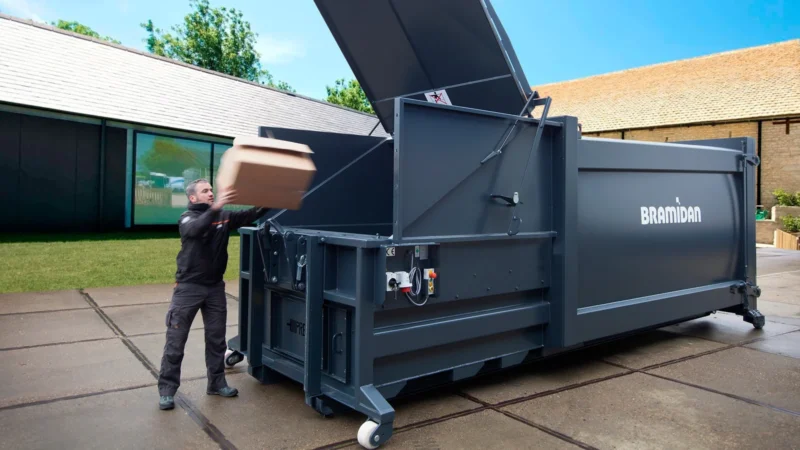

Guide: Stationary vs. Self-Contained Compactors
Choosing the right compactor can be complicated. We simplify your decision with a guide to selecting what’s best for your business’ needs.
Before Investing in a Baler: Get a FREE trial
If you are unsure about investing in a baler, you can try it for free.
Why Retail Stores Need a Baler
Retails spaces face unique waste challenges. Our compact balers are designed to handle cardboard, paper, and more with ease.
Managing Distribution Waste with a Baler
Transform your distribution center with the right vertical or horizontal baler. Plus, how balers can cut your operation costs.
Data-Driven Machinery: The Future of Baler Tech
Our balers come with BRA-IN for smarter, data-informed decisions. Check fill levels, machine status, and troubleshoot fast.
Top 5 Benefits of a Vertical & Horizontal Baler
Explore the top reasons to choose the right baler for cardboard waste. Whether vertical or horizontal, find out how to elevate your recycling.
How to Strategically Place your Baler
Space constraints? No problem. Our wide range of modern balers fit your small, medium, or large facility.
Is an Auger Compactor Right For You?
It’s the ideal choice when an auto-tie baler is too big, and a compactor is too small. Find the sweet spot for disposal with the SPN15.
Guide: Horizontal Balers – Closed vs. Open-End
Dive into the world of horizontal balers with our comparison of closed and open-end models. Learn about all the key differences.
Single-Ram or Two-Ram Horizontal Baler?
Considering whether to opt for a single or two ram horizontal baler? Dive into our article for valuable insights and guidance.
How Many Cardboard Boxes in a Cardboard Bale?
See how many cardboard boxes fit into a mill-size, half-ton bale from the B6030.
Fill in the form and we will contact you
Questions? Contact Us Today
Sales




